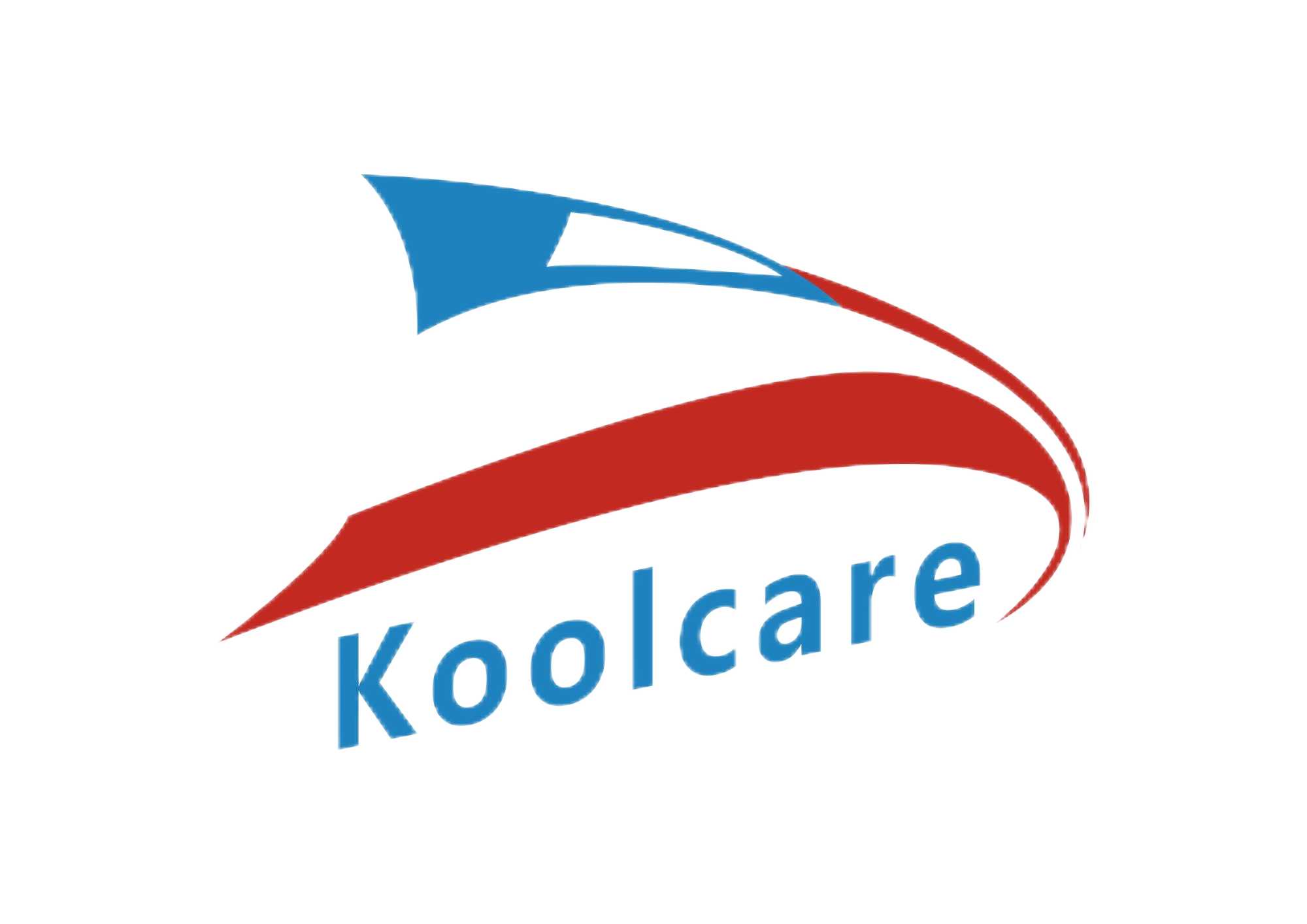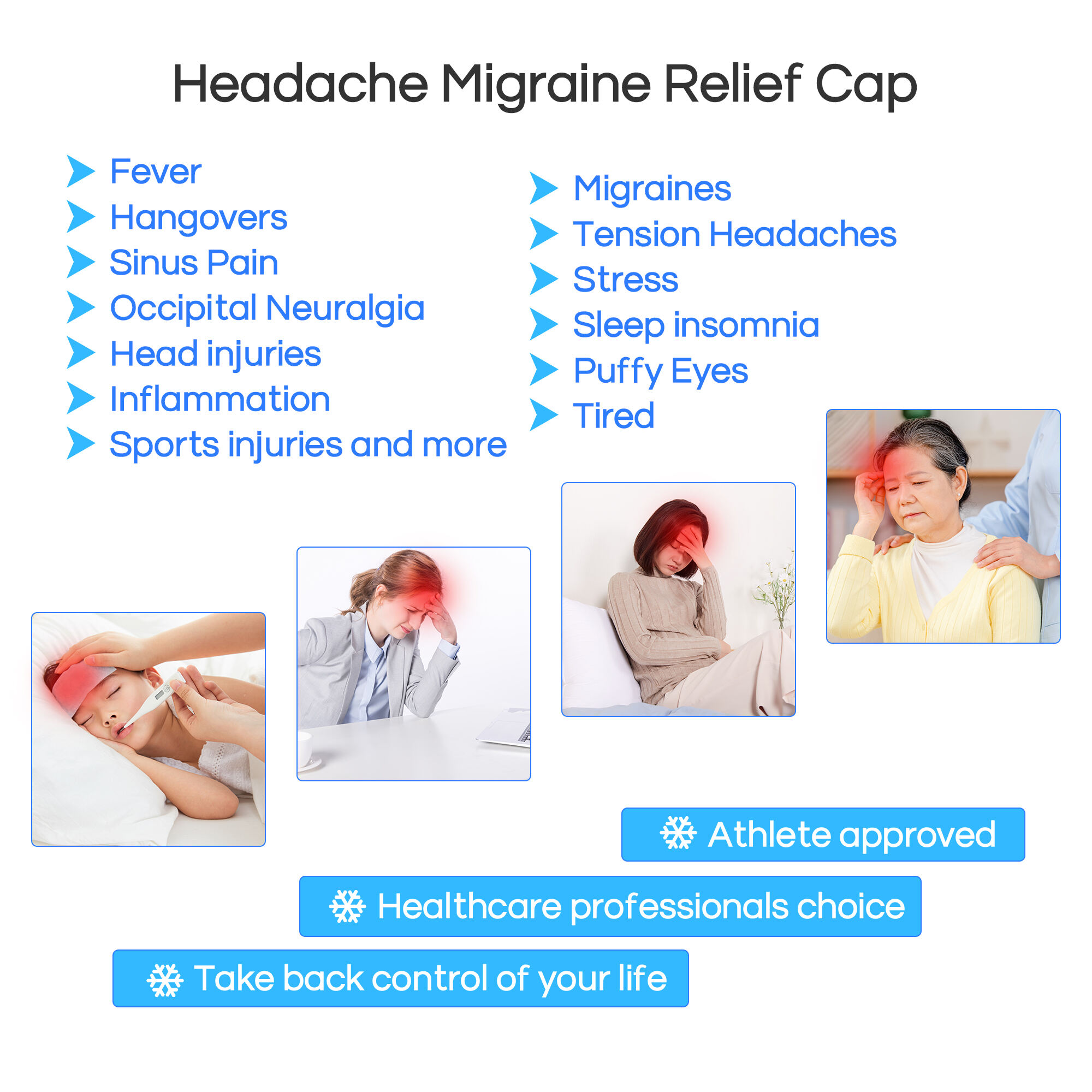Understanding the Therapeutic Power of Cold Treatment
Cold therapy, also known as cryotherapy, has emerged as a powerful therapeutic tool in modern medicine. This natural healing approach utilizes low temperatures to reduce inflammation, manage pain, and accelerate recovery across numerous medical conditions. From professional athletes to individuals managing chronic conditions, cold therapy offers a versatile treatment option that has gained significant recognition in the medical community.
The application of cold therapy dates back centuries, with ancient civilizations recognizing the healing properties of low temperatures. Today, advanced technologies and scientific understanding have transformed this traditional practice into a sophisticated treatment modality, benefiting patients with various medical conditions.
Musculoskeletal Conditions and Cold Therapy Applications
Acute Injury Management
When it comes to acute injuries, cold therapy proves particularly effective in the immediate aftermath of trauma. Sports injuries, sprains, and strains respond remarkably well to controlled cold application. The cold temperature constricts blood vessels, reducing swelling and inflammation while numbing nerve endings to alleviate acute pain.
Professional sports teams regularly incorporate cold therapy into their injury management protocols. Athletes often use ice baths or targeted cold therapy devices following intense training sessions or after sustaining minor injuries, helping to minimize recovery time and maintain peak performance.
Chronic Joint Conditions
Individuals suffering from arthritis and other chronic joint conditions often find relief through regular cold therapy sessions. The cooling effect helps minimize joint inflammation and reduces the frequency and intensity of pain flares. Whether applied through specialized wraps, compression devices, or controlled cold exposure, this treatment approach offers a non-pharmaceutical option for managing ongoing joint discomfort.
Regular application of cold therapy can help maintain joint mobility and function, allowing patients to engage in daily activities with greater comfort and confidence. Many rheumatologists now recommend incorporating cold therapy into comprehensive treatment plans for various arthritic conditions.
Neurological Applications of Cold Therapy
Migraine and Headache Management
Cold therapy has shown remarkable effectiveness in managing various types of headaches, particularly migraines. The application of cold compresses or specialized cold therapy devices to the head and neck area can help constrict blood vessels and reduce inflammation, often providing rapid relief from debilitating migraine symptoms.
Many migraine sufferers report significant improvement when using cold therapy as part of their management strategy. The treatment can help reduce both the intensity and duration of migraine episodes, often eliminating the need for additional medication.
Nerve Pain Relief
Patients dealing with neuropathy and other nerve-related conditions often experience significant benefits from controlled cold exposure. The numbing effect of cold therapy can temporarily interrupt pain signals, providing relief from chronic nerve pain. This approach proves particularly valuable for conditions like trigeminal neuralgia and peripheral neuropathy.
Medical professionals often recommend specific cold therapy protocols tailored to individual nerve conditions, ensuring maximum benefit while maintaining safety and comfort during treatment.
Post-Surgical Recovery and Rehabilitation
Surgical Site Management
Following surgical procedures, cold therapy plays a crucial role in managing post-operative swelling and discomfort. Modern hospitals and rehabilitation centers frequently employ advanced cold therapy systems to provide controlled, consistent cooling to surgical sites. This approach helps reduce the need for pain medication while promoting optimal healing conditions.
The systematic application of cold therapy during the immediate post-operative period can significantly influence recovery outcomes. Patients often report reduced pain levels and faster return to normal activities when cold therapy is incorporated into their post-surgical care plan.
Rehabilitation Progress
During the rehabilitation phase, cold therapy continues to support healing and recovery. Physical therapists often integrate cold treatment between exercise sessions to manage activity-related inflammation and discomfort. This approach allows patients to maintain a more consistent rehabilitation schedule, potentially accelerating their return to full function.
The combination of targeted exercises and strategic cold therapy applications helps optimize the rehabilitation process, providing better outcomes for patients recovering from various surgical procedures.
Dermatological and Cosmetic Applications
Skin Condition Management
Cold therapy offers significant benefits for various skin conditions, including reducing inflammation in cases of dermatitis and psoriasis. The controlled application of cold can help soothe irritated skin, reduce itching, and minimize the appearance of redness and swelling.
Dermatologists increasingly recommend specific cold therapy protocols as part of comprehensive skin condition management plans, recognizing its value in providing relief and supporting healing processes.
Aesthetic Medicine Applications
In the field of aesthetic medicine, cold therapy has gained popularity for its ability to reduce puffiness, tighten pores, and improve overall skin appearance. Specialized facial cold therapy treatments can help minimize the signs of aging and enhance skin tone, offering a non-invasive approach to cosmetic improvement.
Many spa and medical aesthetic centers now incorporate advanced cold therapy techniques into their treatment menus, providing clients with effective, natural options for skin rejuvenation.
Frequently Asked Questions
How long should cold therapy be applied for optimal results?
The optimal duration for cold therapy typically ranges from 15 to 20 minutes per session. However, this can vary depending on the specific condition being treated and individual patient factors. It's important to follow healthcare provider recommendations and never apply cold therapy directly to bare skin for extended periods.
Can cold therapy be harmful in certain conditions?
While cold therapy is generally safe, it should be avoided in cases of poor circulation, Raynaud's syndrome, and certain nerve conditions. Always consult with a healthcare provider before starting any new treatment regimen, especially if you have underlying health conditions.
What types of cold therapy devices are most effective?
The effectiveness of cold therapy devices varies depending on the condition being treated. Professional-grade cold therapy units with controlled temperature and compression features often provide the most consistent results. However, simple ice packs can also be effective for many conditions when used properly.

